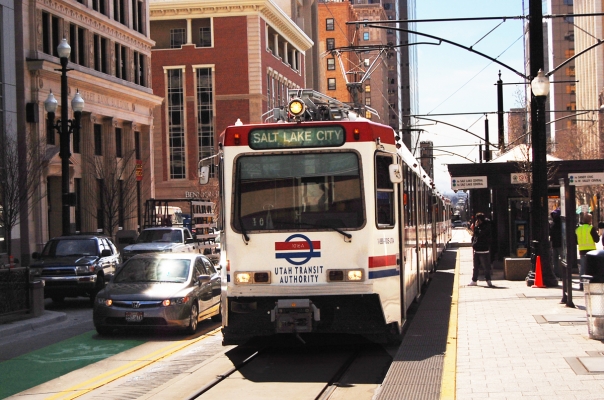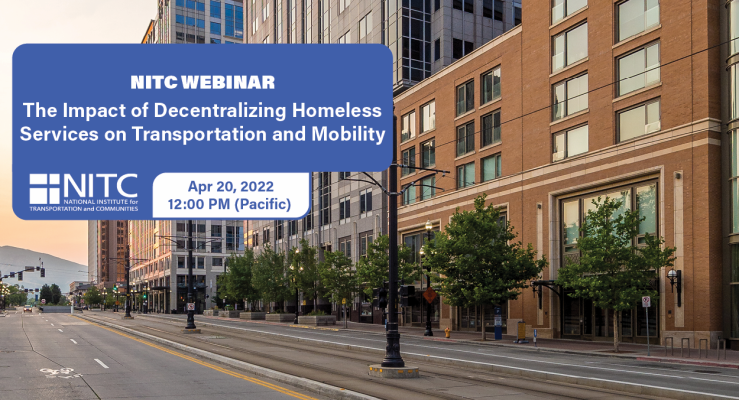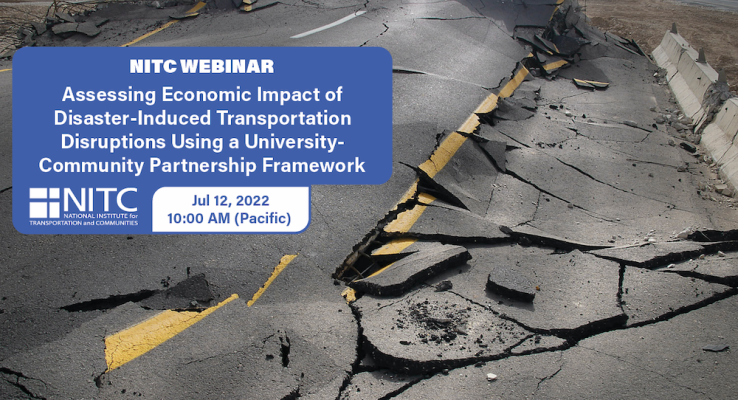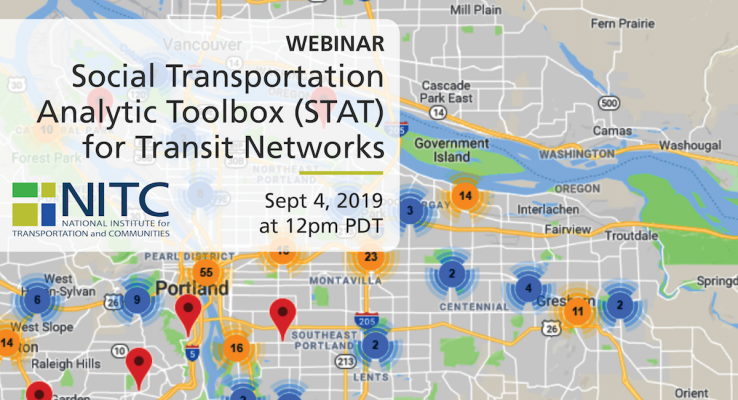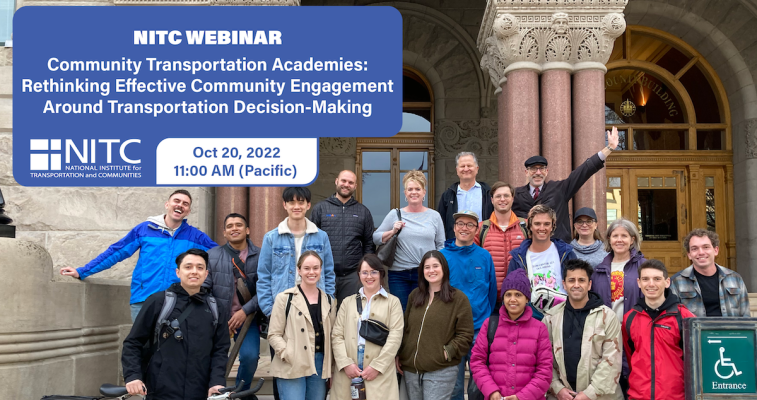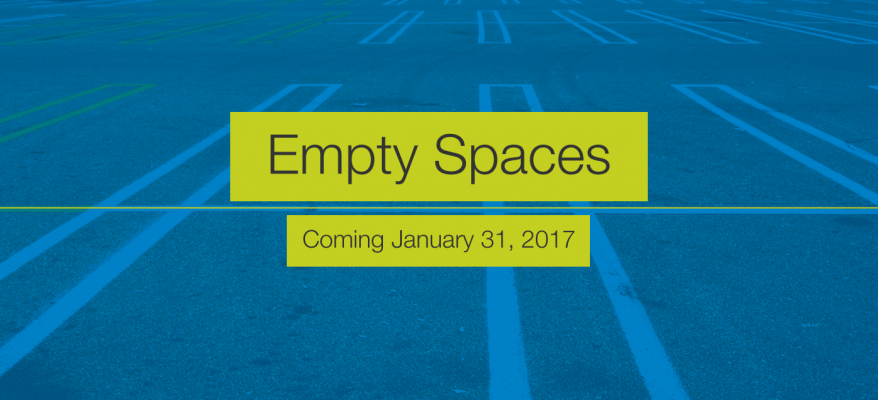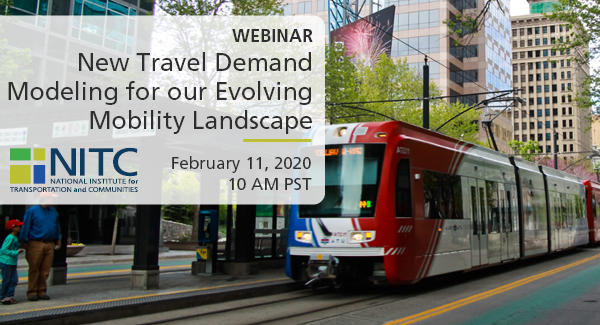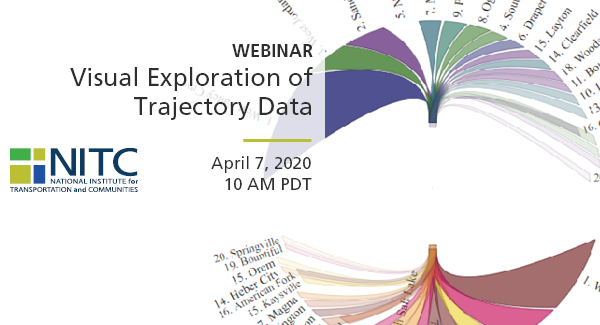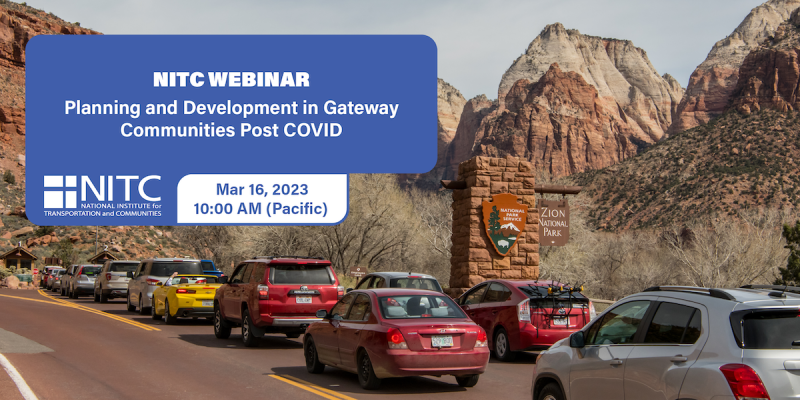Staff from OTREC at Portland State University toured three partner campuses to prepare for the first round of projects under the National Institute for Transportation and Communities program, or NITC. Portland State, the University of Oregon, Oregon Institute of Technology and the University of Utah teamed up for the program, funded with a $3.5 million grant from the U.S. Department of Transportation.
The University of Utah was the first to receive a visit, March 19-20, in Salt Lake City. There, NITC executive committee member Keith Bartholomew hosted tours and meetings. Staff met with student representatives from various disciplines and with potential researchers from across campus before meeting potential community partners at the Utah Transit Authority offices. OTREC finance and communications staff members met with their University of Utah counterparts.
The meetings marked the first connection for much of the Utah faculty and OTREC staff. While the University of Oregon and Oregon Tech were already partners under the original OTREC grant, the NITC program marks Portland State and Utah’s first formal collaboration under the federal University Transportation Centers program.
On April 9, staff met with current and potential transportation researchers at the University of Oregon...
Read more
